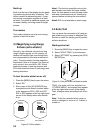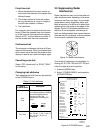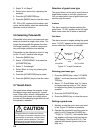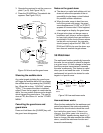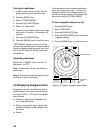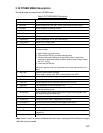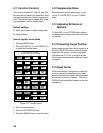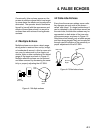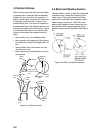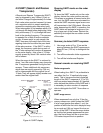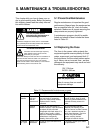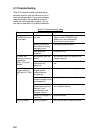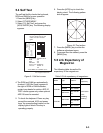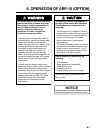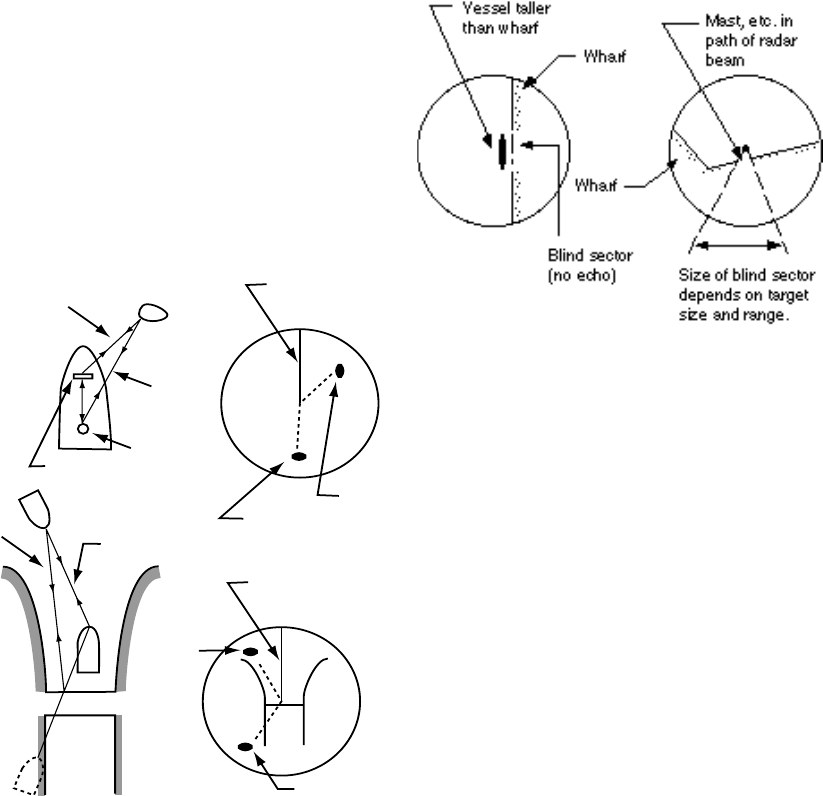
4-2
4.3 Indirect Echoes
Indirect echoes may be returned from either
a passing ship or returned from a reflecting
surface on your own ship, for example, a
stack. In both cases, the echo will return from
a legitimate contact to the scanner by the
same indirect path. The echo will appear on
the same bearing of the reflected surface, but
at the same range as the direct echo. Figure
4-3 illustrates the effect of an indirect echo.
Indirect echoes may be recognized as fol-
lows:
• they usually occur in a shadow sector
• they appear on the bearing of the obstruc-
tion but at the range of the legitimate con-
tact
• when plotted, their movements are usu-
ally abnormal, and
• their shapes may indicate they are not di-
rect echoes.
True
echo
Indirect
echo
Heading
marker
True
echo
Indirect
echo
Heading
marker
Scanner
Direct
path
Obstruction
(mast, funnel.
etc.)
Indirect
path
Target
Indirect
echo
Bridge
Direct
path
Target
Indirect
path
Own
ship
Figure 4-3 Indirect echoes
4.4 Blind and Shadow Sectors
Funnels, stacks, masts, or derricks in the path
of antenna may reduce the intensity of the
radar beam. If the angle subtended at the
antenna is more than a few degrees a blind
sector may be produced. Within the blind
sector small targets at close range may not
be detected while larger targets at much
greater ranges may be detected. See Figure
4-4.
Figure 4-4 Blind and shadow sectors



